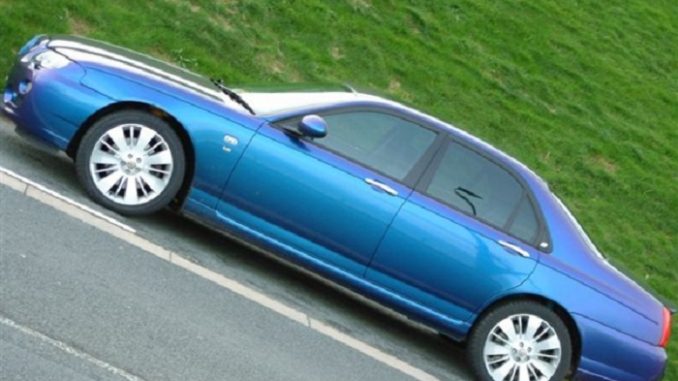
Many cars can tank along quite happily until they reach a steep incline – and then engine power can mean a slow chug to the top or even stalling halfway up the hill.
Cars with smaller engines are most likely to experience difficulties tackling hills, as they are often designed for city or occasional motoring.
Older cars are also more likely to experience engine problems driving uphill, which can leave lovers of older and vintage cars feeling distinctly down in the dumps.
There are some ways to make your car conquers onwards and upward journeys, so try our tips for driving uphill more easily.
- Tyres have to work harder on hilly terrain, so keep yours in tiptop condition and check them before setting out on a hilly journey, as tyre pressure can make the difference between stop and go on a hill. Worn tyres may also find it harder to grip road surfaces on a hill – icy hills can be lethal, so fit snow tyres or use tyre chains to prevent skids and roll backs when driving in poor weather conditions on hills.
- Change down gear if you feel the car losing power uphill – the engine will start revving again but you may move more slowly as you drive uphill. However if the car loses power you may start rolling backwards, so always change down instead of trying to push ahead in a higher gear.
- Lowering the rear differential can give your car more grip and power on hills, but this can be more expensive regarding petrol usage as the engine revs will increase with a lower rear differential.
- Tuning up your car engine can help it tackle hills more efficiently – ask your garage for advice, especially if your car is an older vehicle. But adjusting valves, carburettor, engine spark timing and changing spark plugs can all help propel a car uphill. You can also replace your engine with one offering more horsepower if you need to tackle hill driving regularly.
- Accelerate as you approach hills, as this will give your car propulsion up a hill – however, only do this if the road ahead is clear and free from junctions or pedestrians and also look out for cyclists and motorbikes. Also do not accelerate uphill in icy or very wet conditions or if there is any chance lorries may have spilt oil on the road.
- Don’t carry heavy loads, especially in the rear or boot, as these can weigh your car down when driving uphill.
- Turn off any appliances which may drain energy, such as heaters, air-conditioners and music players.
- When driving in challenging conditions, listening to the car’s engine can be crucial to monitoring performance, so turn off music and if the car begins to slow, change down gears to proceed. Automatics will do this for you, however, but you still need to listen for changes in the engine when you tackle hills.
Always seek professional help when making alterations to your car to improve performance – and if you are buying an older car, get it checked out by the AA or RAC to make sure it has not been involved in any serious accidents or is not comprised of more than one car welded together.
Driving uphill can be a challenge to older vehicles and can place strain on the engine and also bodywork if a car has been poorly maintained or previously written off and restored.
An advanced driving course can also help you tackle allterrain driving and different driving conditions – driving uphill is not just about putting your foot down and praying, so don’t take any chances.